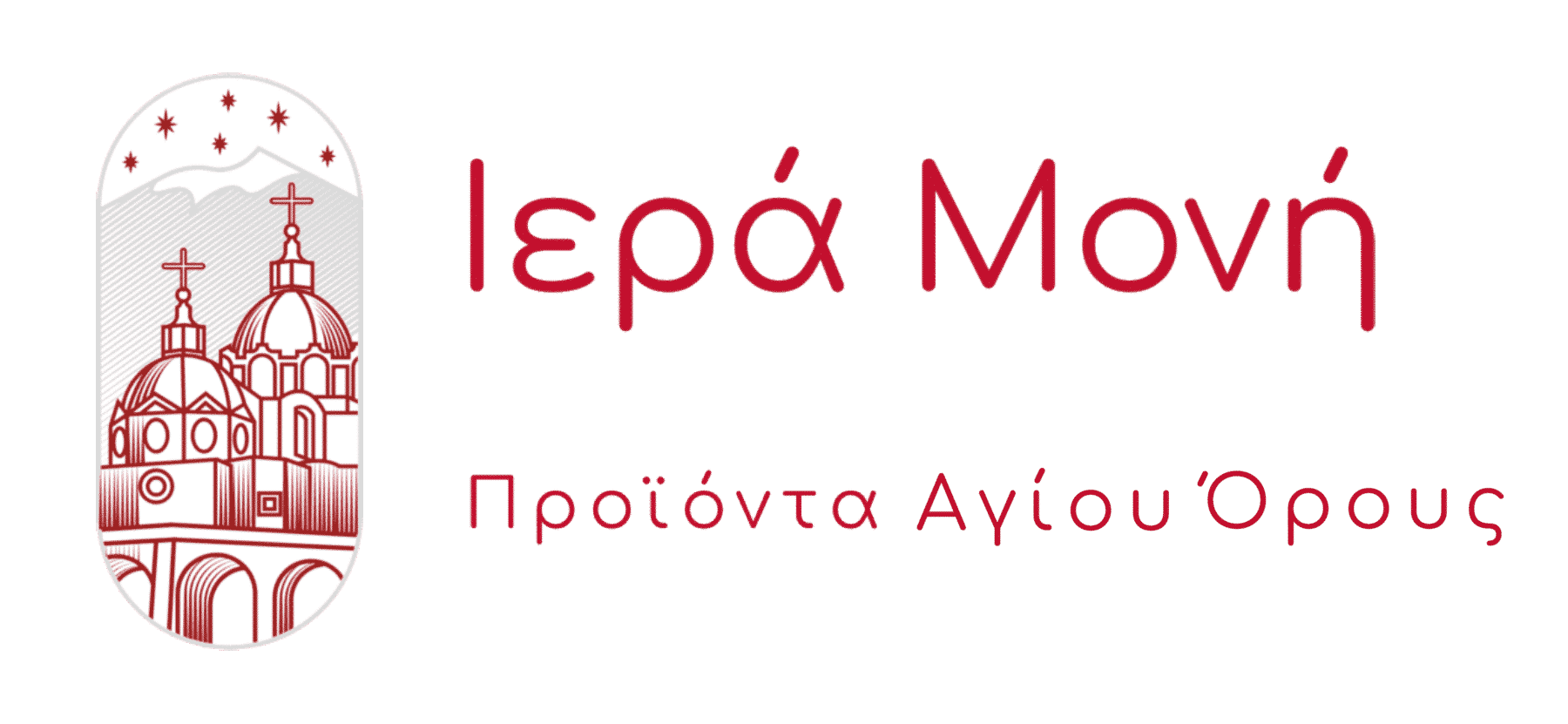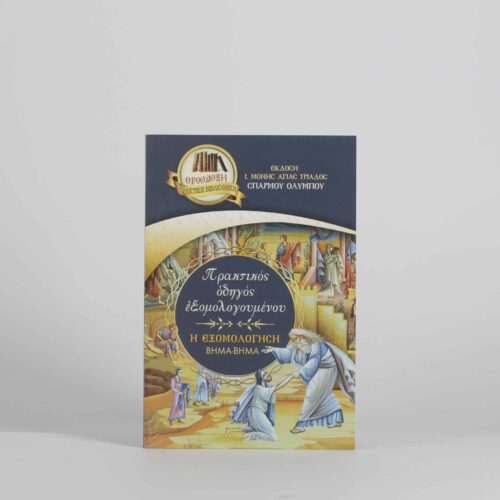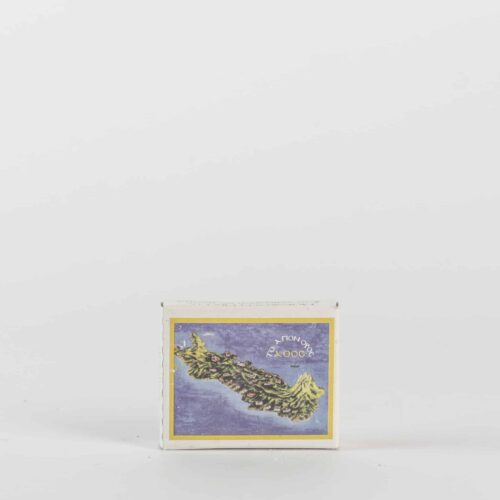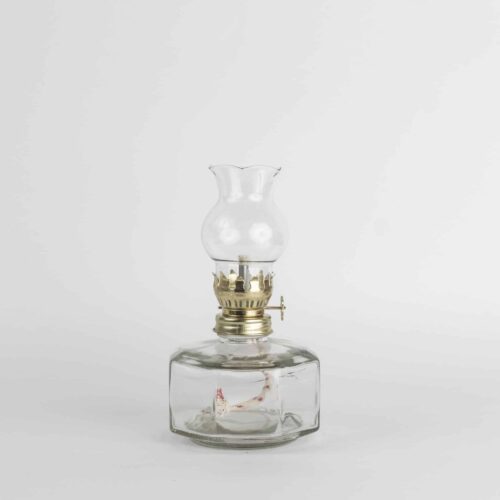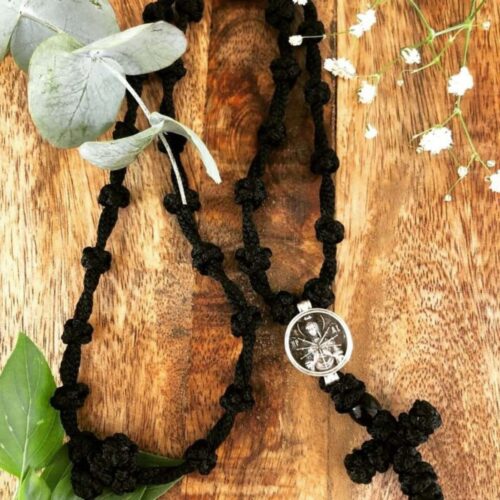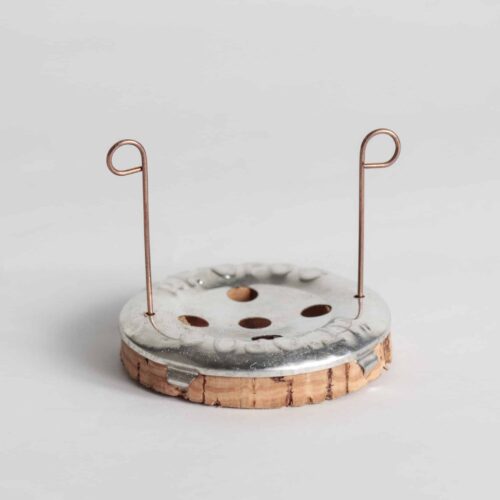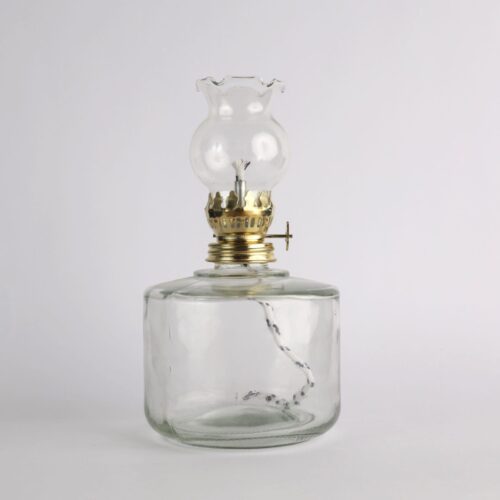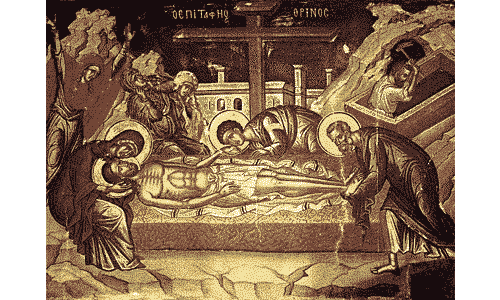
The decoration of the Epitaph, the flowers and their significance. 2 ′
An article by Everyday
Lilacs, hyacinths, anemones, daisies, white, purple, yellow and blue field flowers, lilies, roses, lemon blossoms and violets, are the "ornaments" of the Epitaph that are selected every year from the Greek countryside or by professional florists.
The custom of decorating the Epitaph wants the young women mainly, of each parish, to spend the night decorating the wood-carved epitaph with all kinds of spring flowers.
Usually the flowers are collected from the morning of Holy Thursday from the gardens and the yards of the houses in the villages as well as wild flowers from the fields.
Behind the colors of the flowers are symbolisms: so red symbolizes blood, purple symbolizes mourning and white symbolizes purity.
In modern cities the place of women is usually taken by professional florists using a multitude of exotic flowers and greenery.
Thus, many times the decoration of the Epitaph results in real works of art with motifs of angels, crosses and letters that are first drawn on paper.
The flowers of the Epitaph throughout Greece
In northern Greece, women adorned mainly with lilacs and hyacinths. Especially in Kastoria, they decorated with primula or kouliastrando as they locally call this species.
In Thessaly, from the testimonies of women of the wider area of Karditsa, they used and still use - mainly in the villages - lilac, formia, violet, chrysanthemum and various species of orchid.
In Larissa they used the honeysuckle on the columns, garlands with lilacs and small yellow climbing roses as well as anemones, freesias, irises and camellias.
In Ioannina, the main species was the amaranth in various colors and depending on when the Easter holiday fell, the narcissus. Lilacs were cut for the Epitaph in Zagori and in Metsovo the Vlachs used primula.
Testimonies from women who decorated the Epitaph in the wider area of Agrinio show that they mainly used snow and primrose which in Karpenisi and Krikelo in Evrytania are called teardrop because they say it symbolizes the tears of the Virgin.
Women of Corfu remember lemon flowers to star in the decoration and to give an exceptional aroma and "oriental" beauty with the garlands they made.
In Kefalonia, tradition wants women to spend the night decorating the wood-carved construction with flowers of all colors and aromas.
They use a variety of fragrant wildflowers but also day, which children collect from the spring gardens, yards and fields. The violets that are a typical flower in all the yards of the island dominate.
In Kalamata, certainly in the decade 1950-1960, the epitaph was decorated only with white flowers, garlands with lemon blossoms, white violets and beauties.
On the other hand, in Salamina in particular, they made garlands with white daisies, white lilies and dogs which they call the blue of the sea and on the funeral table of the Epitaph they threw rose petals, lilacs and small roses.
In Mytilene, women testify that they made compositions mainly with lilies and orientals, as well as gerberas, alstroemerias, chrysanthemums, red anthurium, duck - local name for the plant kala, gypsophila, amaranth, avian purple plant found in the mountains and musk .
In Samos again they remember to use mainly lilac (rosemary), rosemary, daisies, roses, lilies and depending on when Easter fell, yellow and blue hyacinths.
In Crete they decorated with whatever flowers they had in the village, roses, carnations, lilies and made wreaths with lemon blossoms.
In Naxos they decorated with lilies the white lily here is not the classic but foreign species - rosemary, lilacs, roses, violets, carnations and gladioli that were tied with thread.
The base is rosemary, which used to be put in the funeral box of the dead and aliphaski for its pillow (sage). The trunk of the Epitaph, its four columns were covered with rosemary and the dominant flower is violet.
After the Sunday of Thomas, on the first Sunday after Easter, the flowers of the Epitaph are distributed to the breeders and with them and the candle of the Epitaph they remind the living, or they use them in cases of illness and for the evil eye.
Finally in Lemnos they used violets, marigolds, ducks, carnations, roses and on the cross they put rye for a good harvest.
Amulet or medicine flowers
The flowers, with which the Epitaph is decorated, "have magical power, if they are stolen from foreign gardens. And if they are removed from the Epitaph, after the end of the ceremony, they have even more drastic energy: as amulets or as medicines (boiled with a little water on the coals) for sick children "refers to the student's dissertation in the Department of Forestry & Natural Environment Management Karpenisi of the Agricultural University of Athens Vasiliki Kaltsi.
The flowers that the faithful received from the Epitaph were considered blessed and were placed in the iconostasis of the house. Women made amulets for sailors with them and others used them as a medicine for headaches.
If the needs were different, they had another use:
The girls of Skopelos put them under their pillow to see who they would marry, while in Crete they used them for the custom of renewing the bread dough.
According to tradition, there was a perception that the bread was losing its strength and needed renewal, so the new dough had to be blessed.
So on Good Friday, when the pope was reading the first Gospel, it is considered that "the leaven is renewed." In fact, if a flower of the Epitaph was placed inside it, the better.
The custom can still be observed in some areas of Crete but even in traditional Cretan bakeries in the rest of Greece.
-
Practical guide of confessor 48 pages Holy Trinity Monastery3,50 €
-
Incense of Agia Anna 15 gr Mount Athos1,80 €
-
4-day Polygon Paraffin Oil LampOriginal price was: €4,47.4,00 €Current price is: €4,00.
-
How do I enter the unworthy 64 pages Monastery of the Holy Trinity4,00 €
-
Neck cord knitted with Panagia Eptaspathi15,00 €
-
Natural Frankincense Tear 30 gr1,00 €
-
Agioreitiki candelabra with natural cork 3cm2,20 €
-
Large coals for incense 33mm Mount Athos 20X6 BobbinsOriginal price was: €7,50.5,90 €Current price is: €5,90.
-
Paraffin Oil Lamp 7 Day Glass Barrel4,20 €
